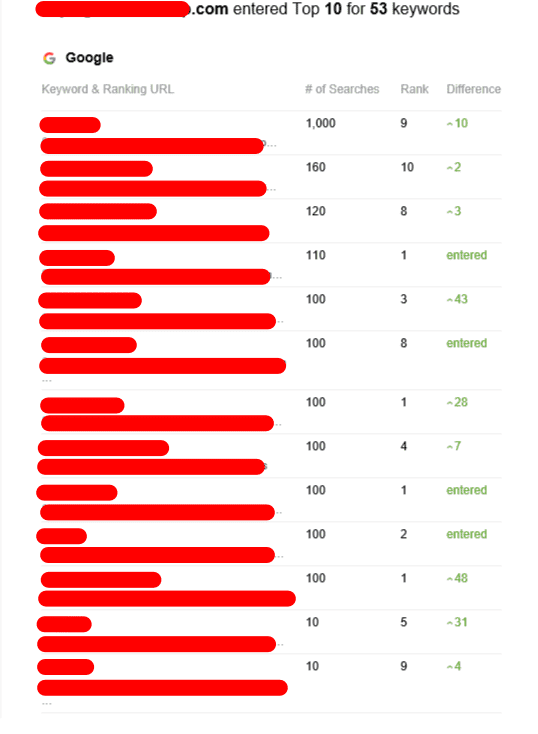Email marketing continues to stand out as one of the most effective digital marketing strategies available to businesses today. With its unparalleled reach and ability to engage customers, it is an essential tool for brands looking to nurture leads and foster loyalty. In this article, we will explore the fundamentals of email marketing, outline best practices, and address common questions marketers may have.
Understanding Email Marketing
Email marketing involves sending commercial messages to a group of people via email. It includes promotional content, newsletters, and personalized messages aiming to engage an audience and drive conversions. In contrast to social media marketing and other forms of digital advertising, email marketing allows businesses to communicate directly with their audience in a less crowded space.
Benefits of Email Marketing
Cost-Effective: Compared to traditional marketing channels, email marketing is relatively inexpensive. It requires minimal overhead costs and can yield a high return on investment.

Segmentation and Personalization: Email marketing enables businesses to segment their audience and send highly personalized content tailored to their interests and behaviors.
Direct, Measurable Communication: Email marketing provides businesses with direct access to their audience, and the ability to track engagement through metrics such as open rates, click-through rates, and conversion rates.
Brand Awareness and Customer Loyalty: Regular email communication keeps brands at the forefront of consumers' minds, helping to foster loyalty and encourage repeat purchases.
Key Components of Email Marketing
To run a successful email marketing campaign, it is essential to understand and implement the following key components:
| Component | Description |
|---|---|
| Email List Building | Collecting email addresses from your target audience through sign-up forms, events, and promotions. |
| Segmentation | Dividing your email list into specific groups based on demographic or behavioral data. |
| Email Design | Creating visually appealing and mobile-responsive email templates that align with your brand. |
| Content Strategy | Developing engaging, informative, and value-driven content that resonates with your audience. |
| Call-to-Action (CTA) | Incorporating clear and compelling CTAs that encourage recipients to take specific actions. |
| Automated Campaigns | Utilizing email automation tools to send targeted messages based on user triggers. |
Effective Email Marketing Strategies
To maximize the effectiveness of email marketing campaigns, marketers should consider the following strategies:
Build a Quality Email List: Focus on quality over quantity when building your email list. Engage in lead generation tactics such as offering incentives for sign-ups, using landing pages, and segmenting audiences.
Optimize for Mobile Devices: Since many people check their emails on mobile devices, ensure that emails are optimized for smaller screens. Responsive design is crucial to keep users engaged.
Personalize Your Messaging: Use the data you collect about your audience to personalize content and subject lines. Research shows that personalized emails can increase open rates by up to 26%.

Test and Optimize: Conduct A/B testing on various elements of your emails – subject lines, email layouts, content, and CTAs – to determine what resonates best with your audience.
Monitor Metrics: Use email marketing analytics to track performance. Monitor metrics like deliverability rates, open rates, click rates, and conversions to gain insights and make adjustments as needed.
Common Challenges in Email Marketing
Marketing professionals often encounter certain challenges when implementing email marketing programs. Here are a few of the most common ones:
Low Open Rates: A common problem that surfaces when emails do not capture attention. This can stem from poor subject lines or being sent at inappropriate times.
Spam Filters: Emails may be filtered out by spam filters, rendering them unable to reach subscribers' inboxes. This often occurs due to the use of certain keywords or lack of proper authentication.
Unsubscribes: Too many emails, irrelevant content, or lack of value can lead to high unsubscribe rates. It's vital to balance frequency and value.
Frequently Asked Questions (FAQs)
1. What is the best frequency for sending marketing emails?
The ideal frequency depends on your audience and industry. However, a general rule of thumb is to send emails once a week or bi-weekly. Regularly monitor engagement metrics to find the right balance for your subscribers.
2. How can I improve my email open rates?
To improve open rates, focus on crafting compelling subject lines and optimizing send times. You might also consider segmenting your list and personalizing your emails to better connect with your audience.
3. What types of emails should I send?
Common types of emails include:
- Newsletters
- Promotional offers
- Cart abandonment reminders
- Customer feedback requests
- Event invitations
4. How do I comply with email marketing regulations?
Ensure you comply with regulations like the General Data Protection Regulation (GDPR) and the CAN-SPAM Act. This includes obtaining consent before sending emails, providing an easy way for users to unsubscribe, and being transparent about how you use their data.
In summary, email marketing remains an essential component of any comprehensive digital marketing strategy. By leveraging its numerous benefits, employing effective strategies, and addressing potential challenges, businesses can enhance their customer engagement and boost conversions. Whether a seasoned marketer or just starting, understanding the fundamentals of email marketing will help navigate the ever-evolving landscape of digital communication effectively.








